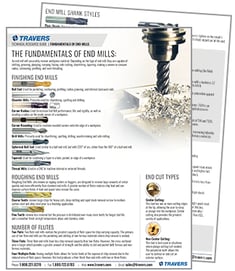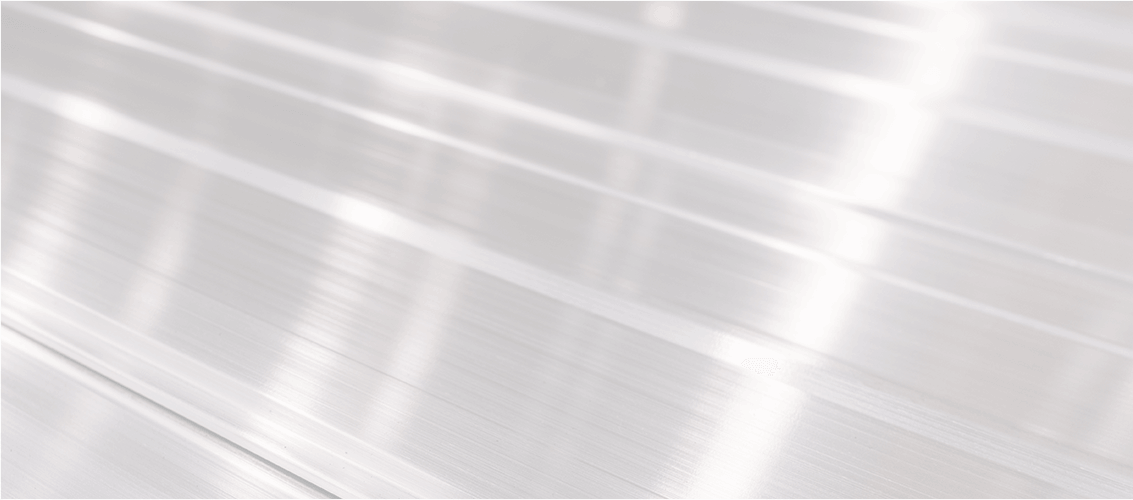
| Problem | Potential Causes | Potential Solutions |
| Breakage |
Feed rate is too fast. Cutting amount is too great & straining the tool. Too much overhang of the end mill. Tool is inappropriate for the application. |
Reduce the feed rate. Reduce width and depth of cuts. Hold end mill shank deeper in the toolholder or use shorter end mill to create more rigidity. Check feed rate, speed, coating and method of milling to verify the tool is right for the application (contact our tech team for tool selection assistance). |
| Chatter (Vibration) |
Speed and feed rate is too fast. Lack of rigidity. Too much relief angle. Cut is too deep. Flute length is too long and there is too much overhang. |
Correct speed and feed (follow manufacturer recommendations or contact our tech team) Utilize a machine and/or toolholder that has better rigidity. Change to an end mill with a smaller relief angle. Decrease width and depth of cut. Use a shorter end mill or hold end mill shank deeper in the toolholder. |
| Chipping |
Feed rate is too fast on first cut. Feed rate is too fast. Lack of rigidity (machine & toolholder).Lack of rigidity (workpiece). Tool corner is too sharp. |
Reduce feed rate on first pass. Reduce feed rate. Utilize machine & toolholder with better rigidity. |
|
Chip Packing |
Cut is too heavy. |
Decrease width of cut. |
| Excessive Wear |
Hard work material. Feed rate is too slow. Wrong helix angle. Primary relief angle is too large. Re-cutting chips |
Utilize a coated end mill. Decrease spindle speed and use more coolant. Increase the feed and speed rate to manufacturer's recommendations. Change to end mill with appropriate helix angle. Select end mill with smaller relief angle. Change the speed and feed to change chip size (use more coolant or a cold air gun to clear away chips). |
|
Leaving Burrs |
Too much wear on primary angle. Incorrect speeds and feeds in use. Wrong helix angle. |
Change end mill sooner.
Correct cutting parameters. Change to end mill with more appropriate helix angle. |
|
Poor Finish |
Feed rate is too fast. Milling speed is too slow. Too much tool wear.Recutting chips. |
Reduce feed rate. |
|
Short Tool Life |
Cutting friction is too great. Hard work material. Improper helix and relief angle. |
Check feed rate, speed and change end mill sooner. Use coated end mills. Change to an end mill with more appropriate helix and relief angles. |
| Welding or Galling | Cut is too heavy. Not enough chip clearance. Not enough coolant. |
Decrease width of cut. |
WAnt to learn more?
We believe the Right Tool Is Everything™, and we strive to share our experience and expertise in an effort to ensure you select the right tool for your application, every time. Download our Fundamentals Of End Mills Guide and learn the pros and cons of varying helix angles, coatings, tool materials and more, so you can confidently select the end mill that best meets your needs and suits your application.
You'll find information on:
- Differentiating end mill types
- Selecting the right tool material and coating for your milling application
- Choosing the right number of flutes for your needs
- When to select a high, low, or variable helix angle
- Selection tips from our expert technical support team



